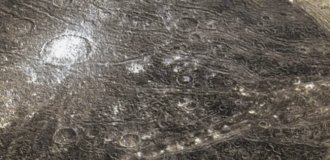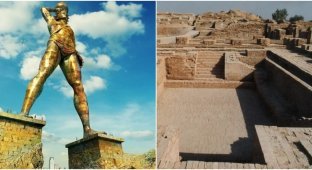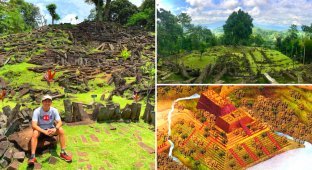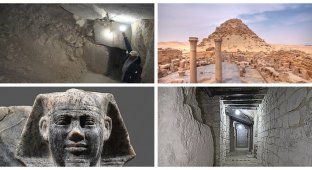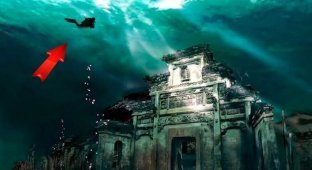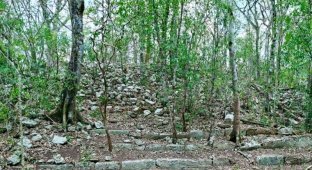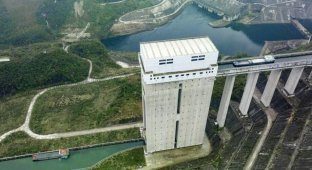The Japanese underwater "pyramid" remains one of the world's greatest mysteries (5 photos + 1 video)
The waters off the Japanese island of Yonaguni hide the ruins of a city built 10,000 years ago by a vanished civilization. The striking complex consists of a pyramid-like monument, as well as structures resembling a castle, temples, an arch and a stadium, all of which appear to be connected by roads. 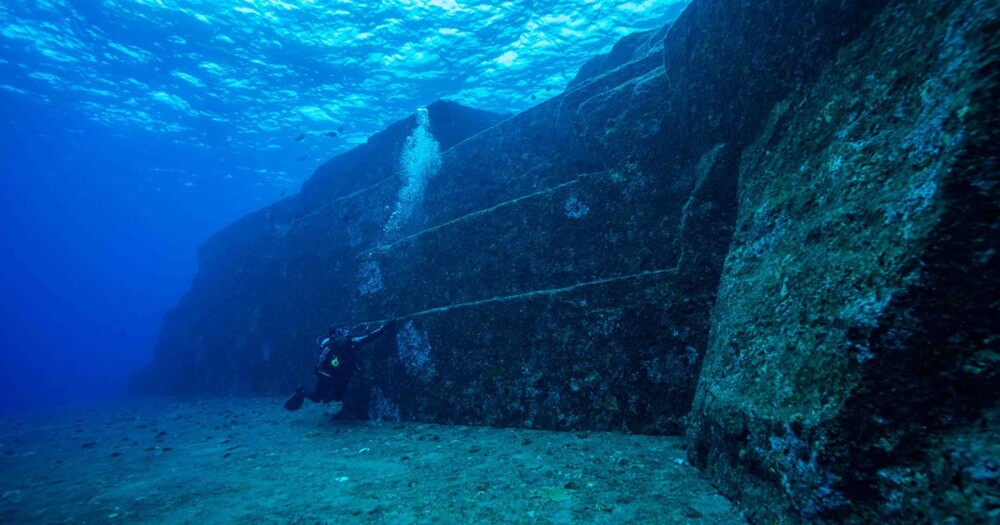
“The largest structure appears to be a complex, monolithic step pyramid that rises from a depth of 25 meters,” marine biologist Masaaki Kimura explained to National Geographic in 2007.
By that time, Kimura had been mapping the area for more than 15 years, and every time he dived under water, he became more and more convinced that he was seeing an ancient city.
He and other researchers have suggested that the structures may have been built by the Jomon people, hunter-gatherers who inhabited the islands as early as 12,000 BC.
However, Robert Schoch, a professor at Boston University who himself explored the site, said that the Yonaguni Monument (as it is now called) is not man-made at all.
Speaking about platforms and terraces, he told National Geographic: "This is the basic geology and classic stratigraphy for sandstones, which tend to fracture and create very straight edges, especially in areas with tectonic activity." 
37 years have passed since the discovery of the "Japanese Atlantis", but its origin still remains a mystery.
A local diver first came across the monument in 1986, when he noticed the almost perfectly straight steps of the "pyramid". Since then, many theories have emerged about where it came from.
Some, including Kimura, believe that these structures were once part of the Pacific continent of Mu, which, according to legend, was flooded as a result of a terrible cataclysm.
First, Masaaki claims, he discovered traces of a quarry, as well as stones in the shape of animals.
"One of the examples I described as an underwater sphinx is similar to a Chinese or ancient Okinawan king," he told National Geographic.
Secondly, this region is known for seismic activity. In 1771, a tsunami hit Yonaguni Island and its surroundings; the wave height was about 40 meters.
The disaster left around 12,000 people dead or missing. According to research from the University of Tokyo, tsunamis occur in this area every 150-400 years. 
Toru Ouchi, an assistant professor of seismology at Kobe University, told National Geographic that he supports Kimura's theory and says the structures could not have been caused by plate movement. 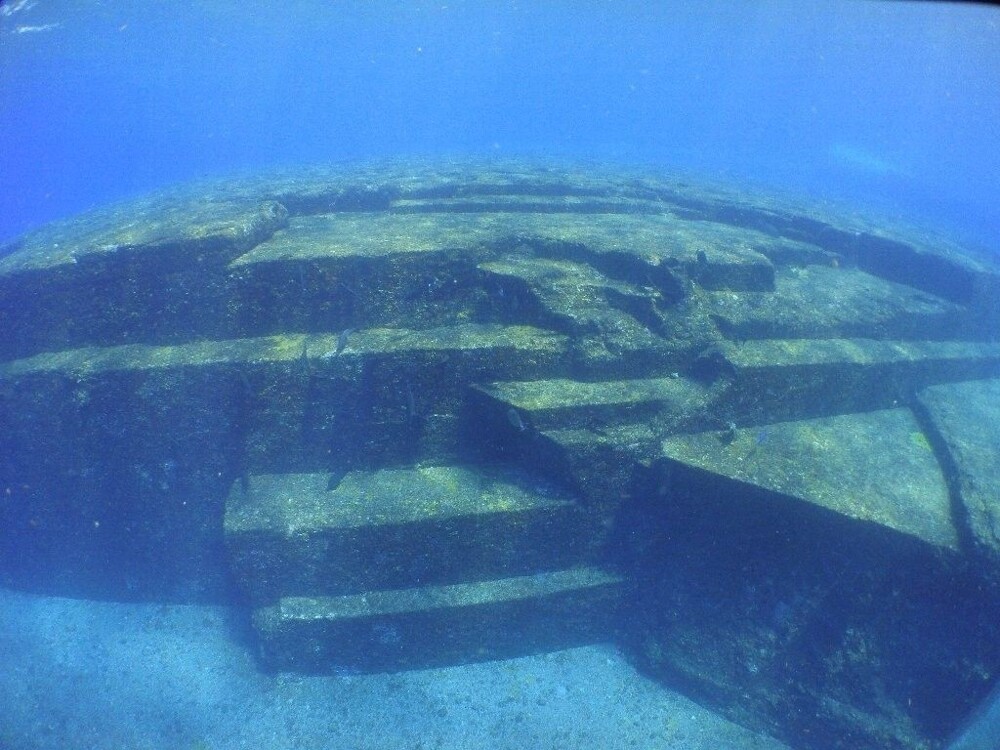
However, Professor Schoch is not to be dissuaded: “When I first dived [at the monument], I realized that it is not artificial. It is not as regular in shape as many claim, and the right angles and symmetry do not meet in many places.”
The Boston University professor also insists that the holes and marks in the rocks were most likely caused by underwater eddies or marine life.
"Professor Kimura claims to have seen some writing or images, but these are just scratches that are natural in nature," he said.
The truth undoubtedly rests at the bottom of the sea and is waiting in the wings. 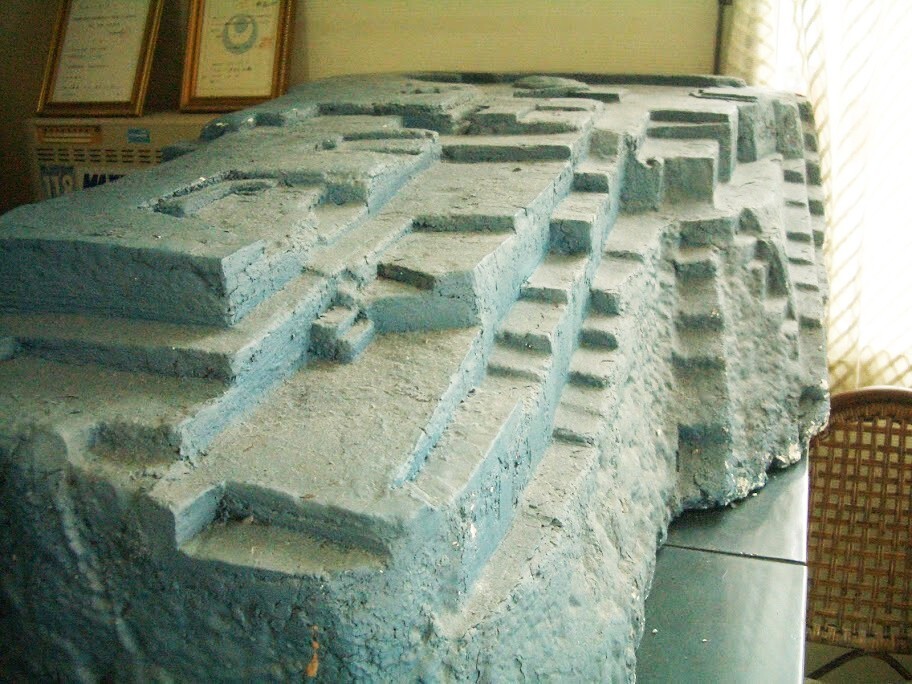
Model of a mysterious structure


